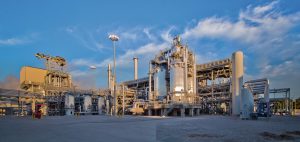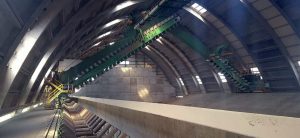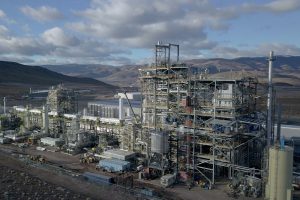Syngas News Roundup
Fulcrum BioEnergy says that it has successfully produced low-carbon synthetic crude oil using landfill waste as a feedstock at its Sierra BioFuels Plant, the world’s first commercial-scale landfill waste-to-fuels plant. Located outside of Reno, Nevada, Sierra will produce approximately 11 million gallons of renewable, low-carbon transportation fuels each year from approximately 175,000 t/a of landfill waste.







